
A Visit to Singapore and Hongkong in 2001
Visit to Pulau Ubin, Singapore, 2001
On Tuesday the 7th of March, 2001 I was invited by Ms. Cheryl Cordeiro to join the Mentorship Program of the Eurasian Association's visit to Pulau Ubin, a small island just off the coast of Singapore. Arriving at 9 o’clock by taxi from our hotel we met with a group of about 20 people at the Changi Point jetty, a combined ferry harbor and fish harbor.
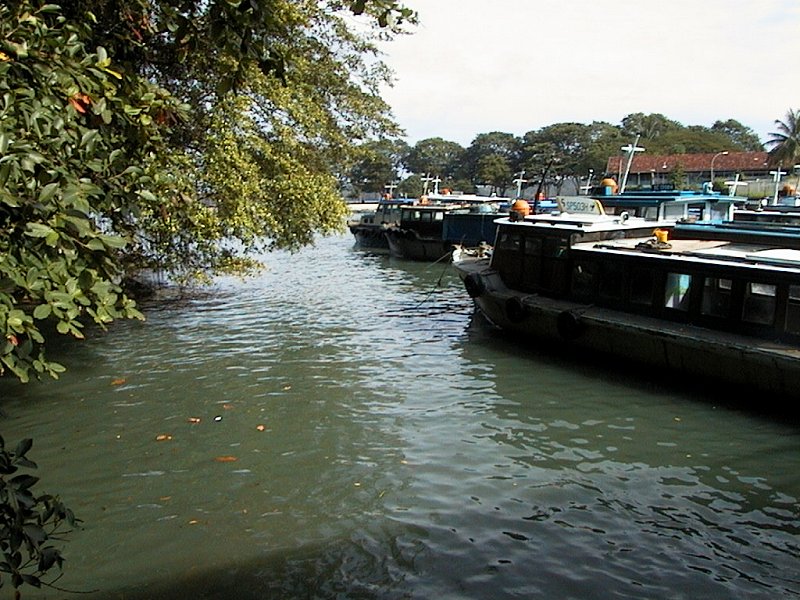
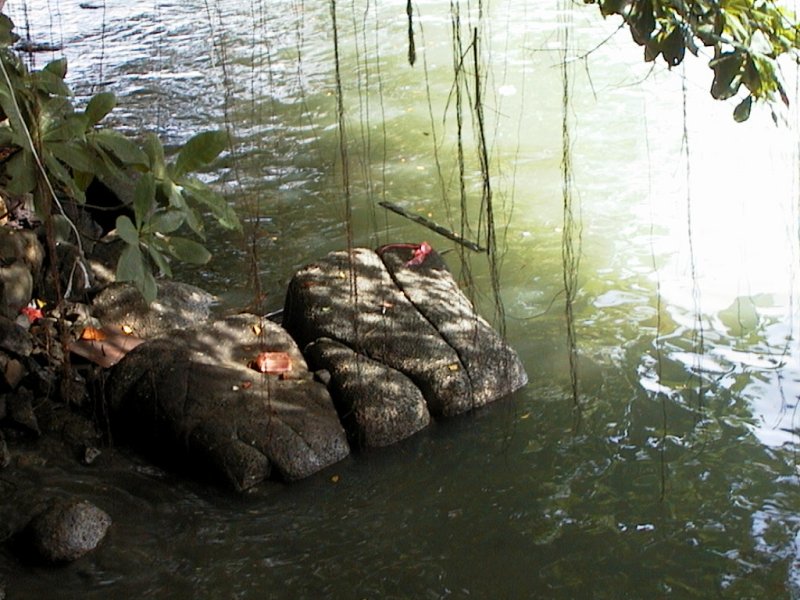
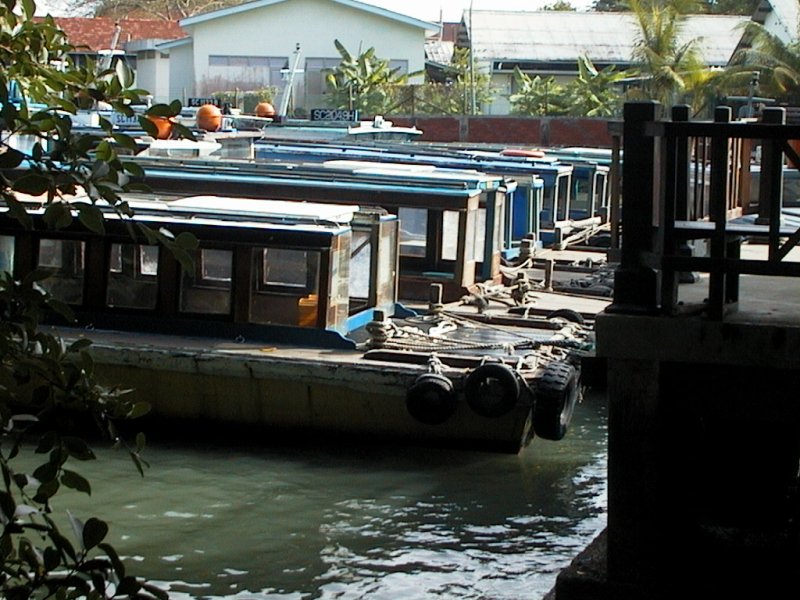
Here the communication was by bumboat looking ferries. The real bumboats padded in with old tires used to carry cargo here the 1930's or so. These were ferryboats, with a hint of bumboats in them.

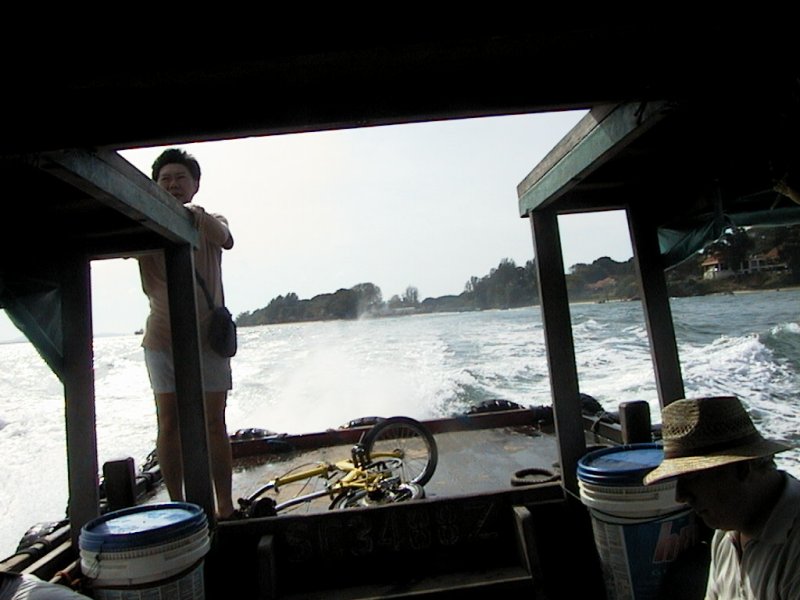
These "bum ferries" were small efficient wooden crafts powered with a raw diesel engine and the willpower of the captain showing little or no mercy with other ferries happening to temporary block the way. The trip out to Pulau Ubin was thus a matter of only about fifteen minutes.
Arriving at the Ubin side jetty
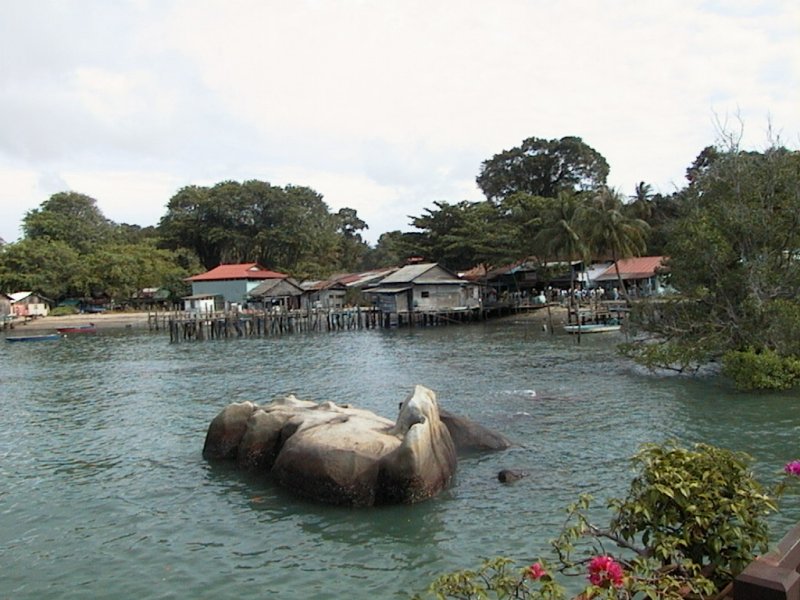
Since the understanding of the very unique Straits Culture was a subject I had set forth to study, this was a unique possibility to have a look at the "Old Singapore" - now completely disappeared from the main island.
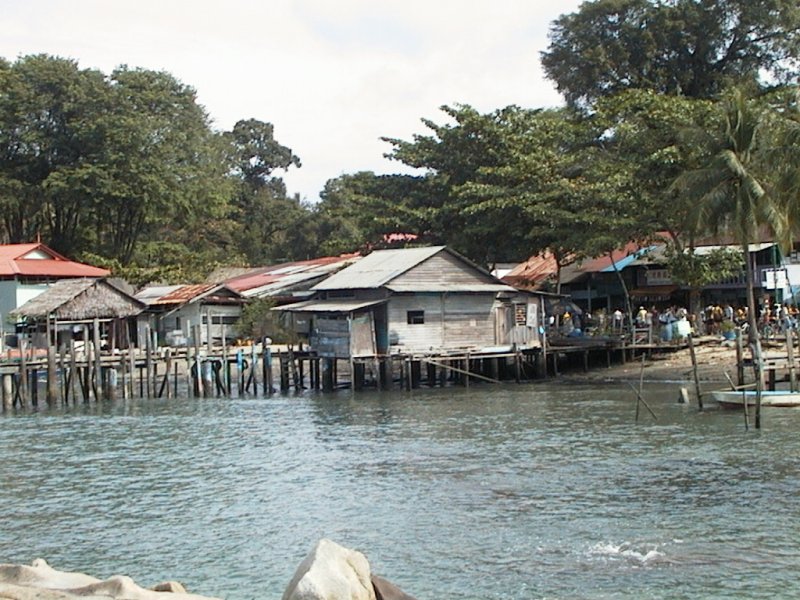
Landing at the Pulau Ubin felt very adventurous
Here, the wooden houses still lingered on stilts along the beach dressed in fresh green vegetation, mangroves and on the sand strange crabs with only one claw fought out their arguments about the food, made available by the ebb.
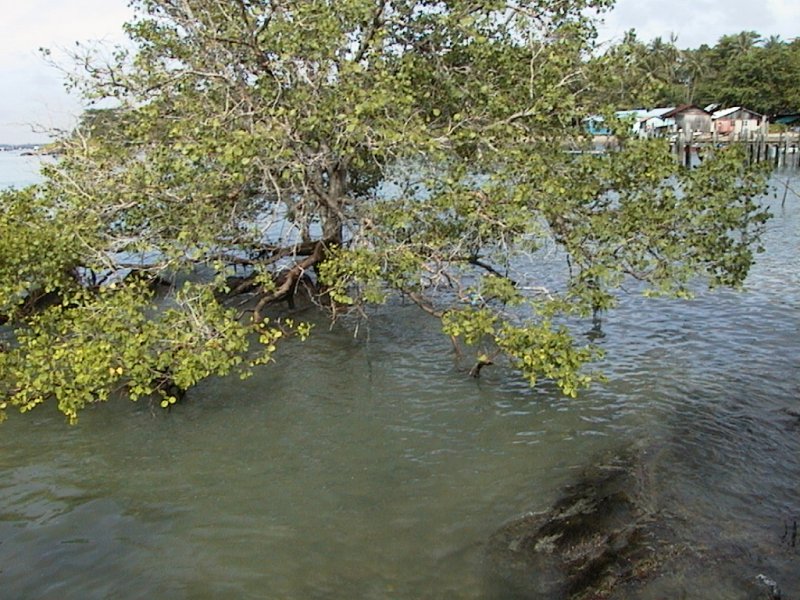
Mangrove trees wading knee deep in the sea, appeared as a brilliant idea in the sweltering heat.
While listening at the sea breeze softly whispering through the treetops the air filled with strange sounds from some of the more then 140 different species of birds living here or using the island as stopover while migrating. Blue tailed bee-eaters, Brahminy Kites and Whitebellied Fish Eagles just to mention a few. Some could be seen hitching a ride from rising air drafts. Amongst all this it was impossibly to remember us being basically in the midst of one of the worlds busiest shipping routes.
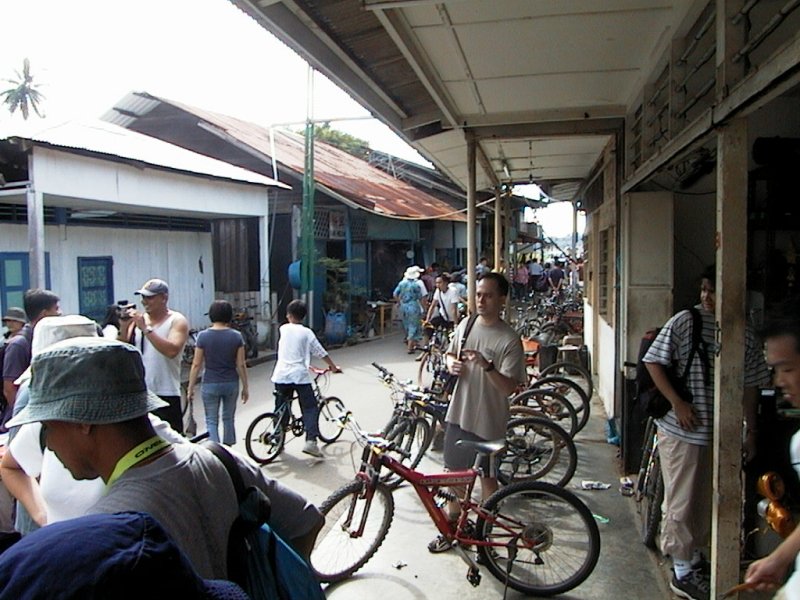
First pit stop was the bike rental. I naturally expected to end up with the old ex army surplus cast iron bike with no gears, while the locals would pick out the new carbon fibres with seven gears, but, they were all much the same and all pretty light and comfortable.
Bicycles, the preferred mean of communication
Arriving at the Ubin side jetty with the islands nature protected by the government the group set out to hire bicycles, the preferred mean of communication on this island with its population of about 400 person. The nature was sheer beauty with mangroves fringing the sea and further inland the island sported a small rubber plantation and coconut groves offering fresh coconut water drinks at the local inn. Maybe nothing to be excited about for anybody who are living here, but for a visitor, a piece of heaven.

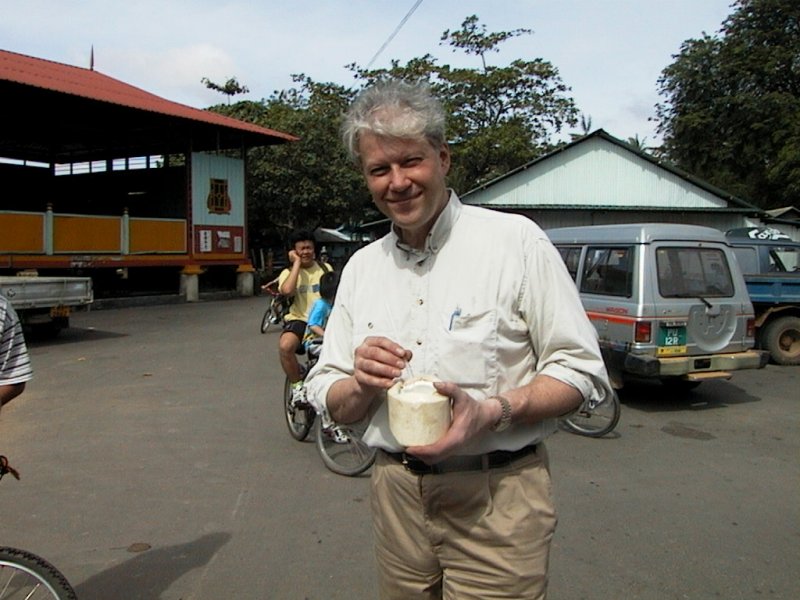
If you would prefer a cup of coffee the local variations are innumerably. Speaking of kopi and teh (tea) here's a list of Singaporean names for different coffees and teas:
kopi - coffee with milk
kopi-O - black coffee
kopi-O-kosong - black coffee, no sugar
kopi-tarik - coffee with milk, cooled (this looks frothy on top after they've cooled it - like a cappuccino froth)
kopi-gao - thick coffee with milk
kopi-O gao - thick black coffee
kopi-po - thin and almost flat coffee with milk (for those who like it that way, more water than coffee)
kopi-O-po - thin, flat tasting coffee without milk
kopi-O-po-kosong - thin, flat tasting coffee without milk and sugar. Water from the drain tastes better than this.
kopi-siew-dai - coffee with less condensed milk
kopi-si - coffee with carnation milk (and not condensed milk)
If you want tea - then substitute the "kopi" for "teh" (pronounced "tay"). The local humble coffee shop coffees and teas can actually compete with Starbucks for their definition of coffees and teas - triple espresso, decaf, low fat, no whip, to go.
I don't know but it sure makes the phrase, "How would you like your kopi" take on a whole new meaning here. So now you know, for when you next come to Sg and stumble upon a hawker centre. You can get great coffee!
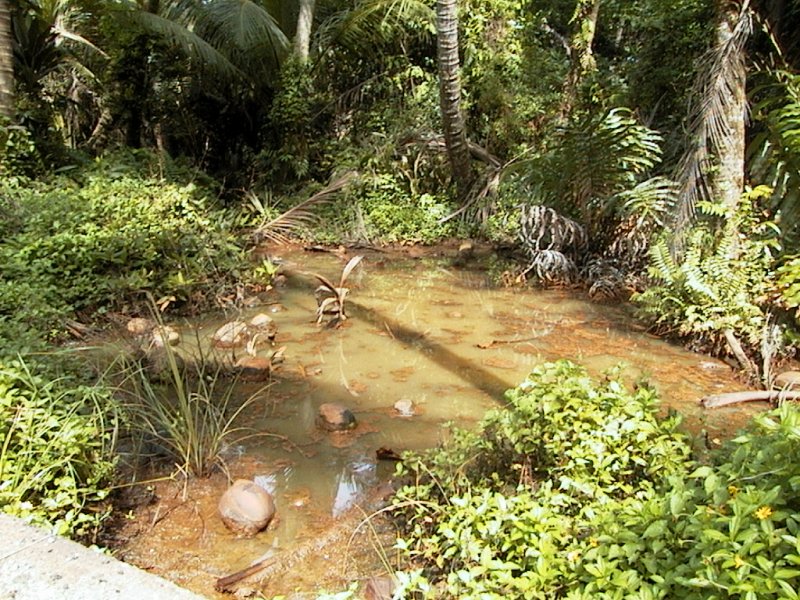
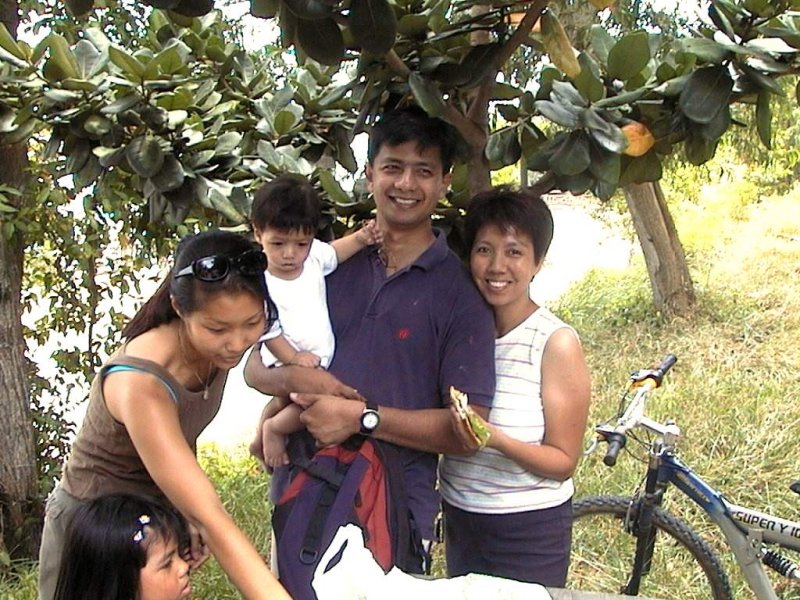
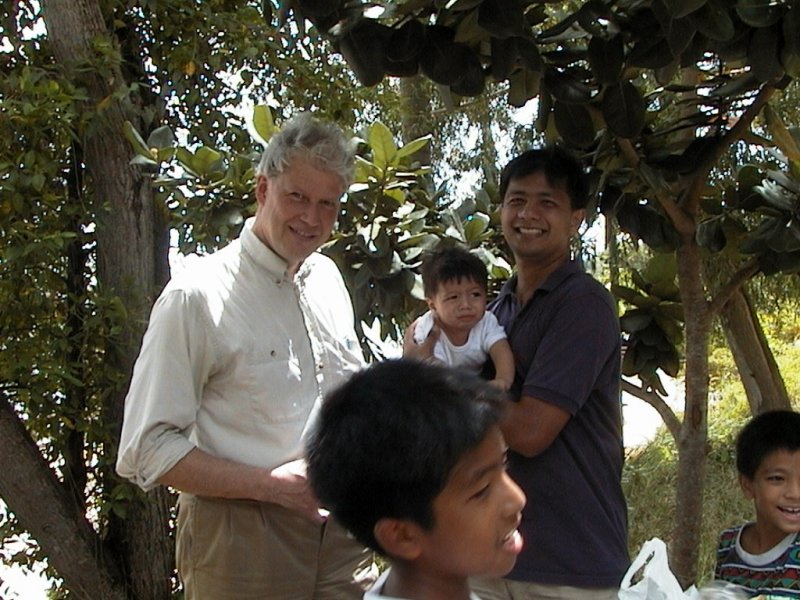
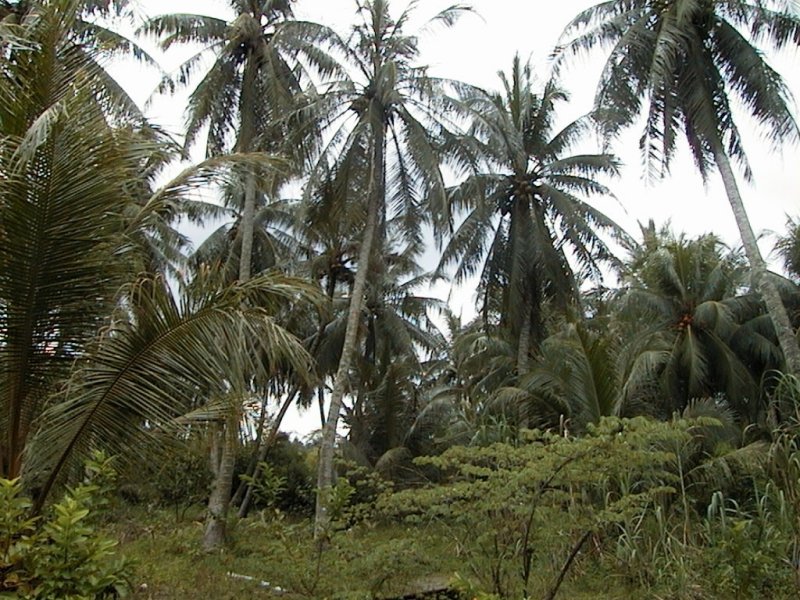
A tour around the island
The nature was sheer beauty with mangroves fringing the sea and further inland the island sported a small rubber plantation and coconut groves offering fresh coconut water drinks at the local inn. Maybe nothing to be excited about for anybody who are living here, but for a visitor, a piece of heaven.
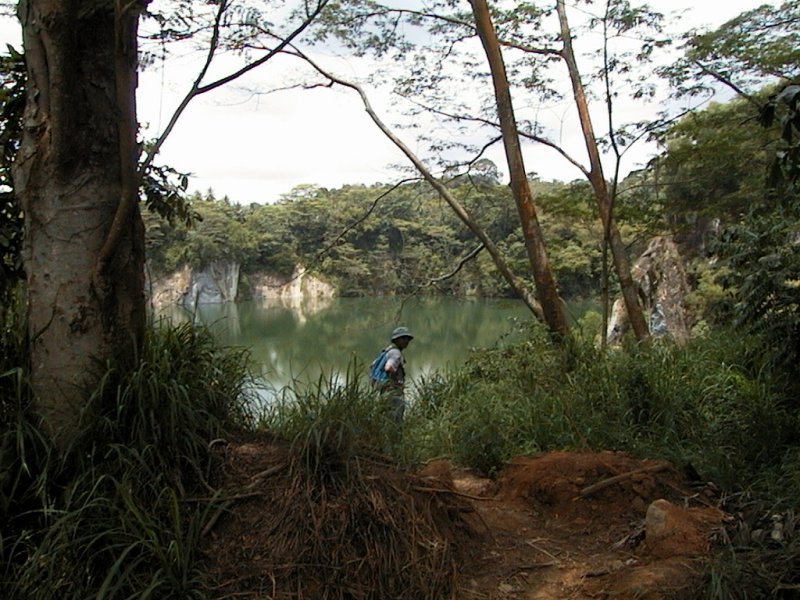
Inland abandoned home gardens sported trees and fruits, such as durian, rambutan, papaya, mango, jack fruit and chempeda – to me until now mostly only names, bearing witness of the toils of the former granite miners who from the middle of the last century supported themselves by the now likewise abandoned granite quarries who studs the lush vegetation of Pulau Ubin.
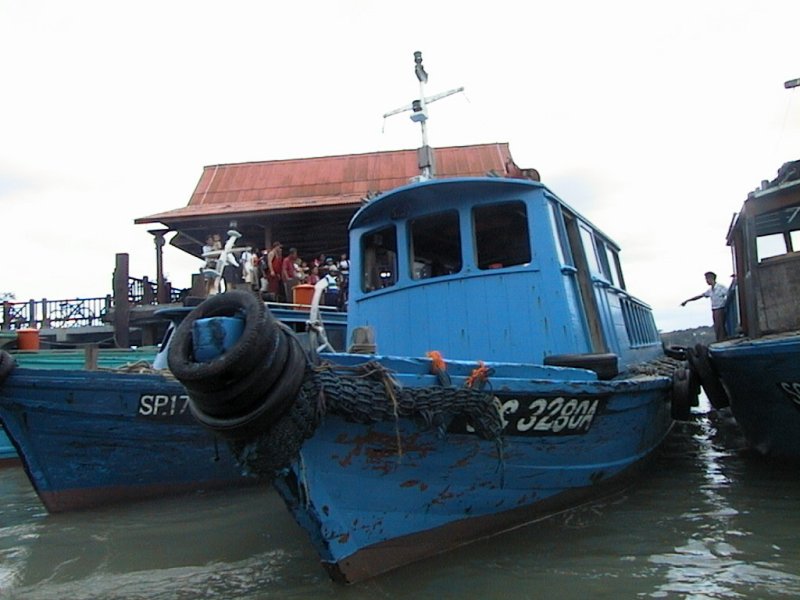
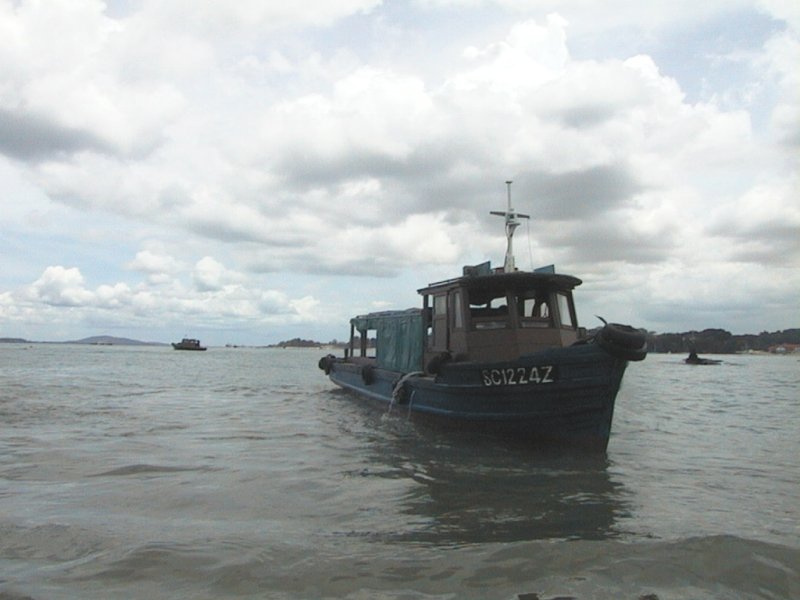
Back to the Chiangi jetty
Singapore, from here a mere skyline, is really a garden city with countless trees everywhere and loads of bougainvillea of many colors. Quite breathtaking! It's also all year round summer with great beaches and parks for the outdoorsy folks. The island is a melting pot with all nationalities residing in harmony. Harmony! That's the key word of the country! There are many festivals celebrated by the individual races but shared by all. Of course the biggest party here would be the country's 'National Day', August 9th, Independence Day - where everybody celebrates the pride of being a Singaporean!
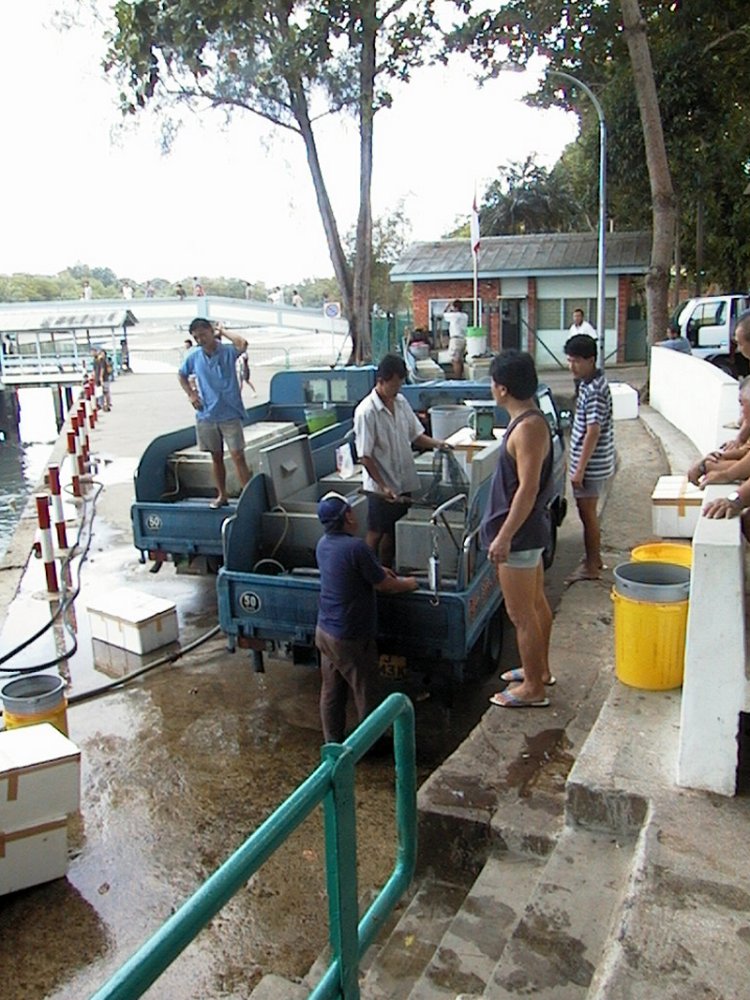
Singapore is the world's largest City Port, situated at the southern tip of Peninsular Malaysia and an import and export center providing convenient connections to major countries in the Asia-Pacific region.

In the 7th century, the small island of Singapore was called Temasek and was the trading center of Sumatra's ancient Srivijaya empire. By the 13th century, she had a new name, Singapura, meaning "Lion City", a name said to have come from Sang Nila Utama, a prince from Palembang (Sumatra) who upon landing reportedly saw a very swift and beautiful animal. While probably being a tiger, the name has stuck till today.

"East is east and west is west and never the twain shall meet," however it's an everyday affair here in the "melting pot"and on a very large scale, resulting in impressive economic activity. Singapore ranks amongst the most culturally fascinating cities in the world, where Eastern and Western business strategies are put up against each other in a mixture of different norms within the intricate social lifestyles and values of Asia.

Thank you all who made this a most memorable visit.
Jan-Erik Nilsson























